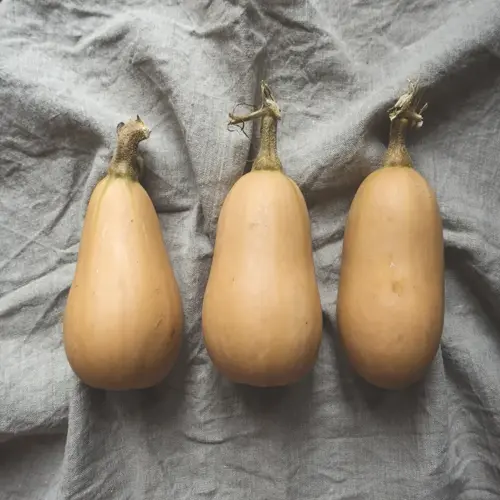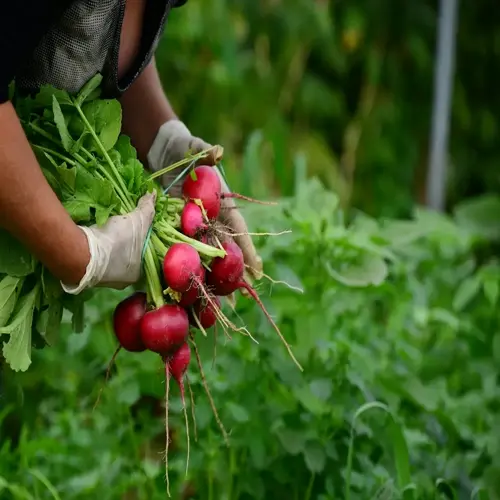What month should I plant beans?

Written by
Julia Anderson
Reviewed by
Prof. Charles Hartman, Ph.D.Timing is crucial for planting beans to achieve optimal growth and a plentiful crop supply. More important than dates on a calendar is soil temperature. Be sure the soil has at least reached 50°F (10°C) before planting your seeds. If the soil is cold, germination will be poor. Our regional climates will significantly dictate planting windows.
Throughout the year, distinct bean varieties have different growth seasons. Bush beans do best when planted after the frost has passed. Pole beans require warm soils. Broad beans are cold-tolerant in soil. Choose varieties that match your environment. Your harvest depends on this.
Cold Climates
- Plant after last frost typically late May
- Soil prep: Use black plastic to warm earth faster
- Varieties: Choose quick-maturing bush types
- Protection: Keep row covers ready for cold snaps
Temperate Zones
- Window: April through July plantings
- Succession: Sow every 2 weeks for continuous harvest
- Heat management: Provide afternoon shade in summer
- Soil check: Test reaches 55°F before planting
Warm Regions
- Year-round option: Except peak summer heat
- Fall advantage: Plant September for winter harvest
- Drainage: Critical in rainy seasons
- Variety focus: Heat-resistant types like Rattlesnake
Soil preparation is always important to prepare the soil before planting. Check for proper drainage and ensure the pH level is between 6.0 and 6.5. I always add compost at the beginning of every season. If you are growing in a cold zone, consider using raised beds. If you are in a warmer region, you will need to apply organic mulch to help retain moisture.
Observe the weather before planting. Young bean plants can easily be devastated by an early frost. Thermometers can be used to measure soil temperature at root depth. Track when you sow seeds and the results year to year. Your garden journal becomes your most valuable guidebook for planting as time passes.
Read the full article: When to Plant Beans: Ultimate Growing Guide

